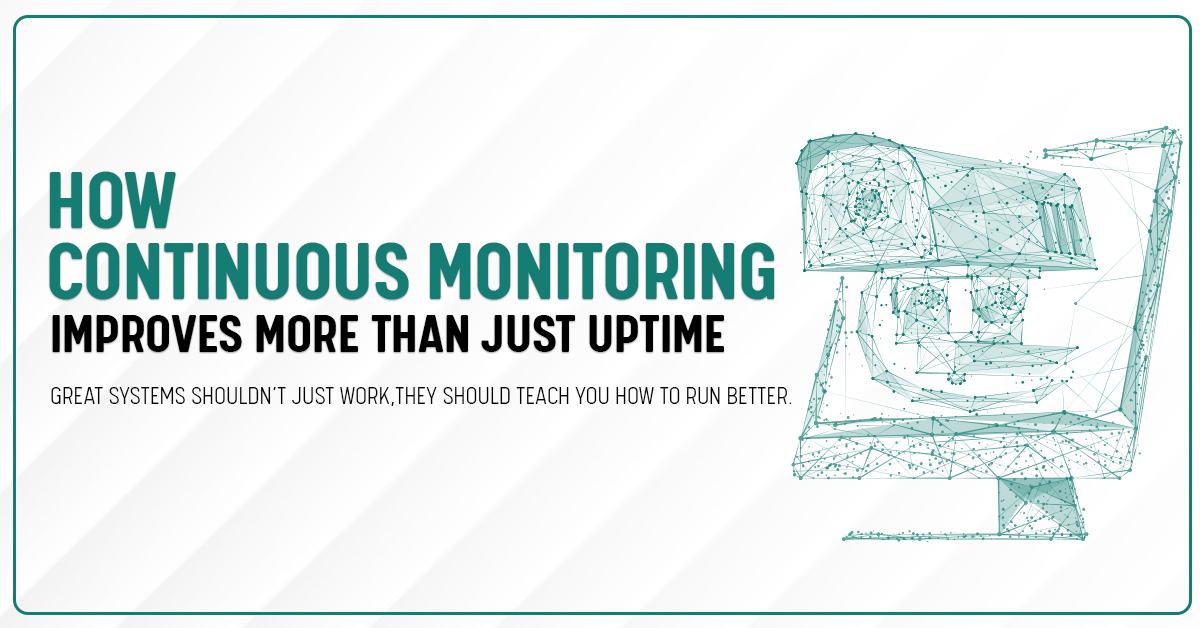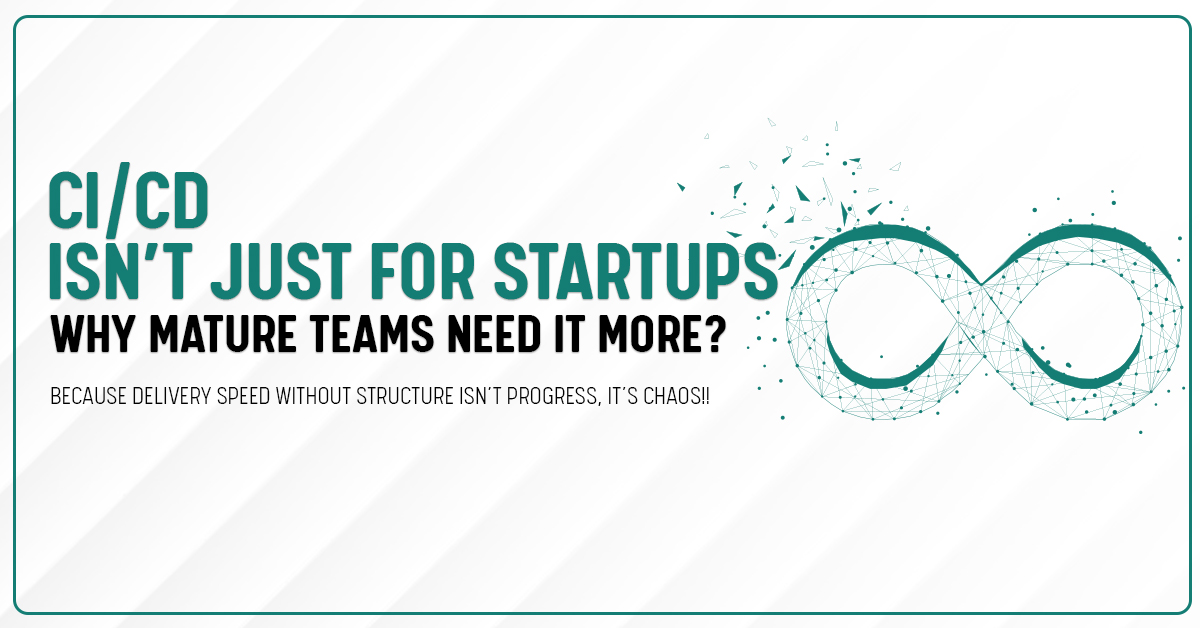When people talk about IT automation, the conversation almost always starts with speed. “It’ll help us move faster.” “We’ll deploy quicker.” “We’ll save time.”
And sure—that’s true. Speed is a huge part of the appeal. But if speed is all you’re aiming for, you’re missing the point.
Because at its core, great automation isn’t just about doing things faster. It’s about doing them better. More consistently. With fewer errors. And with greater confidence.
Let’s Talk About Precision
Think about a typical IT task—say, provisioning a server or deploying a new app update. If a human does it manually, there’s always a margin for error. Maybe a setting gets misconfigured. Maybe the wrong version gets pushed. Maybe someone forgets to hit “save.”
With automation, that margin disappears.
Scripts don’t forget steps. Workflows don’t take shortcuts. Properly built automation ensures that the same task is done the same way, every single time. That’s precision. And that’s where the real value starts showing up.
Real World Example: Infrastructure Provisioning
Let’s take something like setting up cloud infrastructure.
In a manual setup, an engineer might:
-
Spin up instances
-
Attach storage
-
Configure networking
-
Set up permissions
-
Apply security groups
-
…and more
It’s doable. But repeat that ten times across ten different projects—and suddenly, small inconsistencies start creeping in.
With Infrastructure as Code (IaC) tools like AWS CloudFormation or Terraform, you write a blueprint once—and it deploys the same way every time. You get predictable infrastructure, reduced human error, and less time spent troubleshooting things that should’ve worked.
That’s precision.
It’s Not Just About Doing—It’s About Thinking Less
One of the underrated benefits of automation is the mental overhead it removes.
When your team doesn’t have to double-check every step or babysit deployments, they can focus on things that actually need their creativity. Innovation. Architecture. Optimization.
You don’t hire smart people so they can reset passwords or manually copy log files. You hire them to solve problems. Automation gives them the bandwidth to do that.
Less Risk, More Reliability
Now let’s talk risk—because this is where automation really proves its worth.
Manual processes are risky. People get tired, distracted, or pulled in five different directions. Even your best engineer will eventually make a mistake—it’s inevitable.
But automation? Automation doesn’t sleep.
A well-built pipeline:
-
Enforces approval processes
-
Runs tests automatically
-
Blocks bad code from being deployed
-
Rolls back changes if something breaks
It doesn’t just do things faster—it does them safely.
Consistency Builds Trust
Whether you’re serving internal users or external customers, reliability matters. No one wants a service that works differently on Monday than it did on Friday.
Automation ensures that your deployments, updates, and services are delivered consistently. That consistency builds trust—within your team and with your users.
And let’s be honest: trust is hard to build, but easy to lose. Automation helps you hold onto it.
Where We See This Work Best (Right Now in 2025)
As of March 2025, we’re seeing smart automation drive big results in:
-
CI/CD Pipelines – Code gets tested, approved, and deployed automatically
-
Cloud Cost Management – Idle resources are scaled down or shut off based on usage thresholds
-
Security Compliance – Policies are applied automatically, reducing audit gaps
-
User Provisioning & Access Management – New employees are onboarded (or offboarded) with the right permissions—without delays or exposure risks
And the tools? They’re getting more powerful and more accessible—think GitHub Actions, AWS Systems Manager, Azure Automation, and more. You don’t need a massive dev team to get started anymore.
But Wait—Does This Mean People Are Replaced?
Not at all. This isn’t about replacing people. It’s about freeing people up to do the work that matters most.
Automation isn’t a threat—it’s a tool. A really, really good one.
The best teams we work with are the ones who lean into automation—not to do less, but to do more of the right things.
Final Thought: Start Small, Scale Smart
You don’t have to automate everything overnight. Start with one high-friction process. Document it. Script it. Automate it.
Then move to the next one. And the next.
Over time, you’ll build a system that’s not just fast—but flawless. A system your team trusts. A system your business can grow on.
And that’s when you’ll realize: automation isn’t just about speed. It’s about precision, reliability, and peace of mind.




